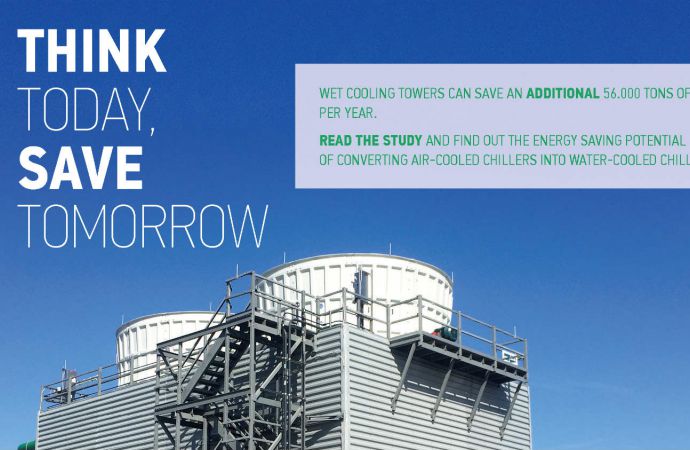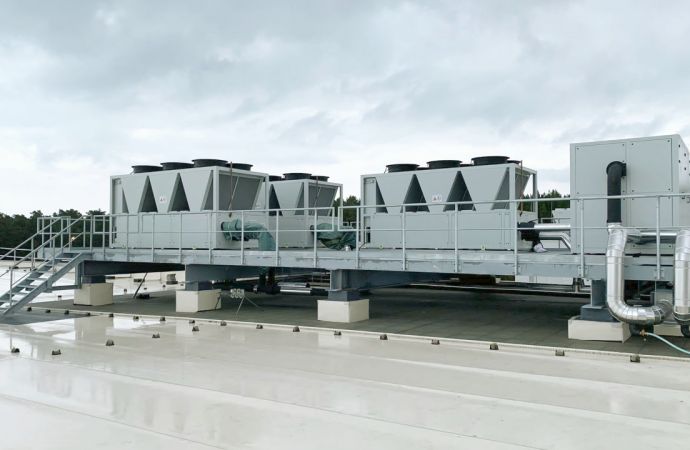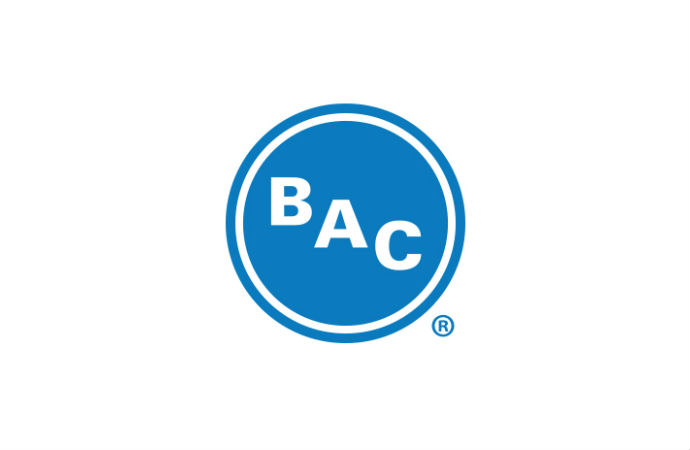This is the conclusion of a two-year study by Eurovent, which shows that refrigeration systems using wet cooling towers have the lowest year-round carbon footprint.

Refrigeration systems using wet, evaporative cooling towers have a lower annual carbon footprint than alternative dry systems, according to the results of a two-year study by Eurovent, the European Association for Indoor Climate, Process Cooling and Food Cold Chain Technologies.
The study – called “Evaporative Cooling 2030″ – show that the evaporative cooling industry could help save up to 56,000 tons of CO2e per year in the future, according to a press release from Eurovent.
The study simulated a variety of load profiles, climate conditions and control strategies, with one year of operation simulated for each system.
“When comparing a highly efficient evaporative cooling system with an alternative dry cooling solution, the CO2-saving potential of the evaporative cooling for the entire system is clearly proven by this robust simulation,” said Rob Vandenboer, Chairman of the Evaporative Cooling 2030 Project.
“This project eliminates the challenge that every end-user, designer and legislator faces when they want to truly understand the CO2 emission reduction potential of evaporative cooling,” Vandenboer added.
As part of the project publication, Eurovent has published a recommendation (REC 9/13), an industry monograph (MON 9/1) and a flyer giving an overview of the results.
“The Eurovent Recommendation 9/13 is a foundation for everyone dealing with evaporative cooling equipment,” said Alessandro Fontana, Vice-Chairman of the Special Project. “It eliminates all the false myths of a wrong water-consumption calculation.”
The recommendation paper states that a traditional “rule-of-thumb” approach to estimating water consumption in wet cooling towers has led to a “myth of very high water usage.” The paper details how users of evaporative equipment can get a much more precise estimation of water consumption by considering climate data and load profile.
“The European evaporative cooling industry, very well assessed in the Eurovent Industry Monograph 9/1, is working very hard towards long-term sustainable solutions which will represent an important contribution towards achieving the EU climate targets,” said Vadenboer.
Manufacturers participating in the project include Baltimore Aircoil Company, Decsa, Evapco, Gohl, Jacir, KTK, and Mita.
Related stories




